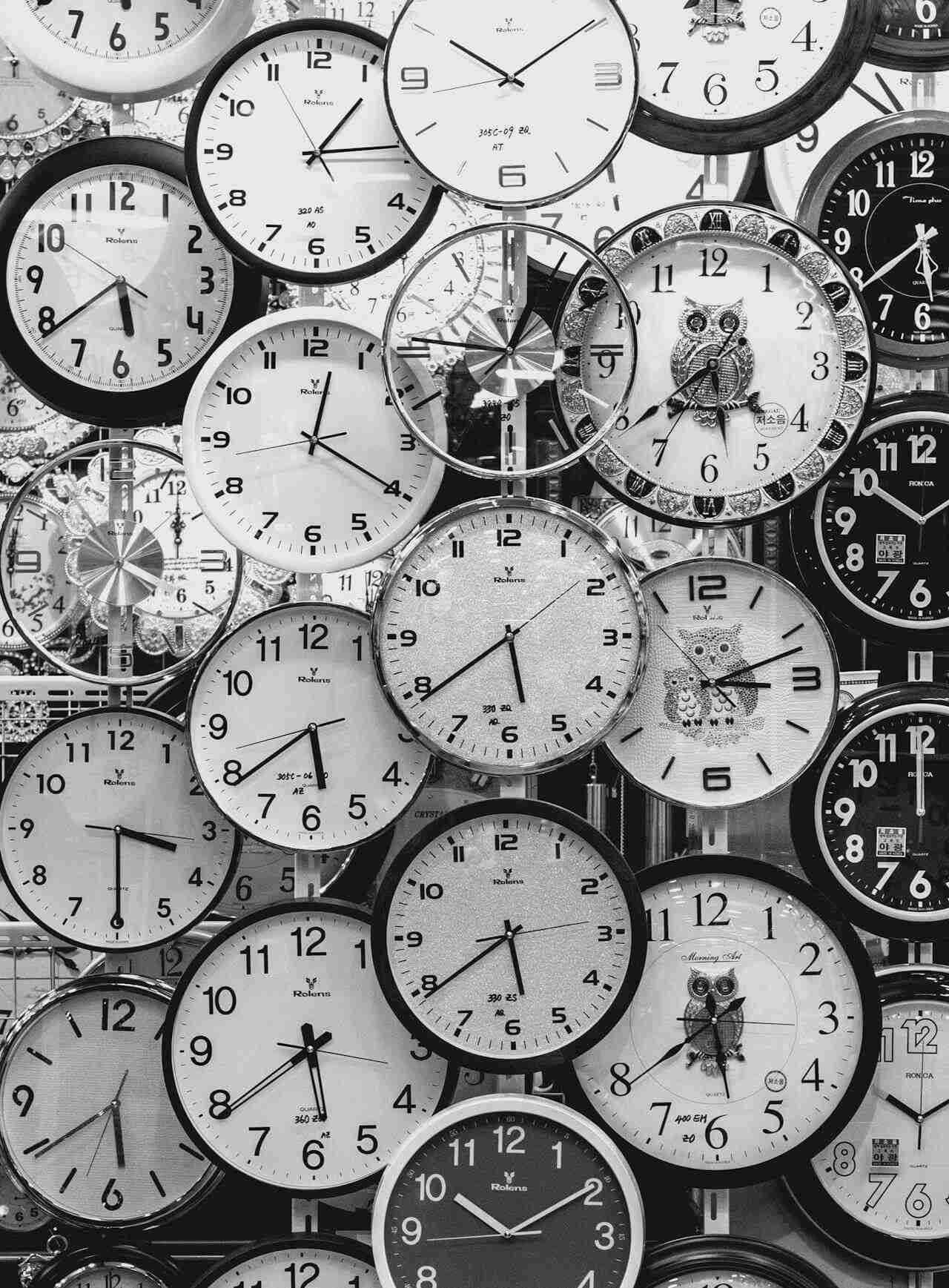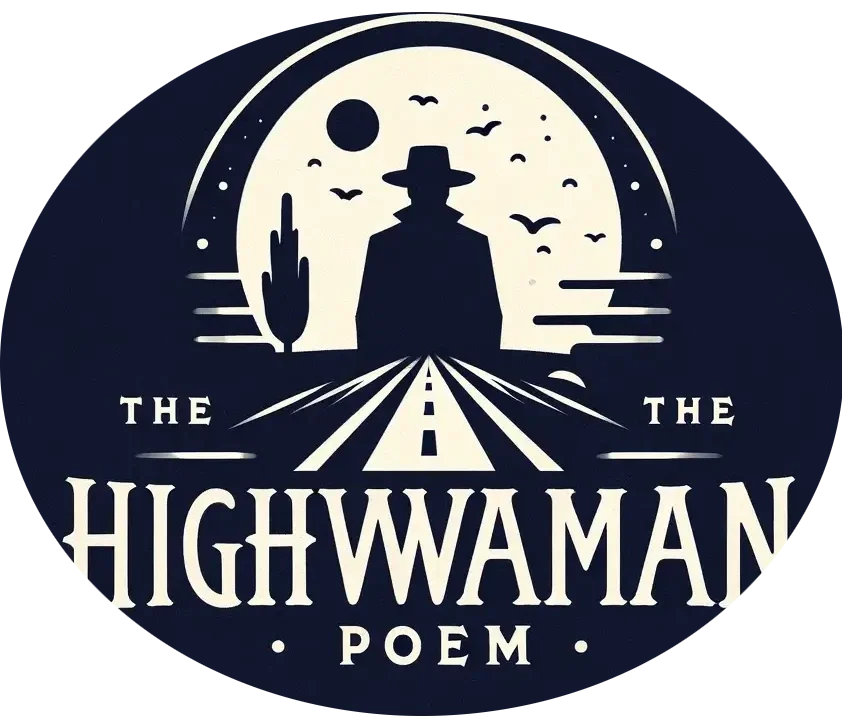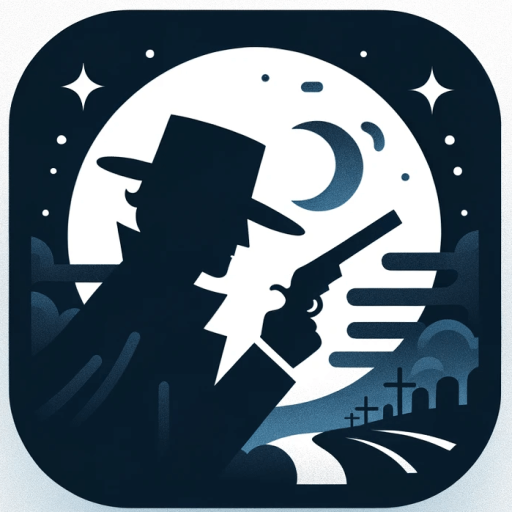1. What is the poem the highwayman about?
The poem “The Highwayman” is a captivating tale set in 18th-century rural England. It follows the story of an unnamed highwayman who harbors deep affection for Bess, the daughter of a landlord. However, their love story takes a tragic turn as Bess is betrayed to the authorities by Tim, a jealous ostler. In a selfless act of sacrifice, Bess warns the highwayman of the impending ambush, ultimately costing her own life to protect him. This heartbreaking narrative explores themes of love, betrayal, and the sacrifices people make for the ones they care about.
2. What is the moral of the highwayman poem?
The poem “The Highwayman” beautifully revolves around the themes of love and sacrifice. While there are other subtle themes like courage and violence, the overarching message of the poem is that the greatest expression of love is the willingness to sacrifice one’s life for another. It highlights the profound depth of love and the extraordinary lengths people will go to protect and care for those they hold dear.
3. What is the highwayman famous phrase?
The famous phrase from “The Highwayman” is: “I’ll come to thee by moonlight, though hell should bar the way.” This memorable line emphasizes the unwavering commitment and determination of the highwayman to reach his beloved, even in the face of great obstacles.

4. Is the highwayman poem based on a true story?
The Highwayman poem draws inspiration from a true story. The poet, Alfred Noyes, came across this captivating tale while vacationing in an area of England known for its history of highwaymen ambushing stagecoaches.
5. What are the metaphors in the highwayman?
In Alfred Noyes’s poem “The Highwayman,” there are several vivid metaphors that paint a picture for the reader. For instance, it describes the wind as “a torrent of darkness among the gusty trees,” the moon as “a ghostly galleon tossed upon cloudy seas,” and the road as “a ribbon of moonlight over the purple moor.” These metaphors create a rich and imaginative landscape in the poem.
6. Is the highwayman a villain or a hero?
In the poem “The Highwayman,” the Highwayman is portrayed as the hero, while the redcoats are depicted as the villains. The setting in the first stanza creates a mood that is very eerie, gloomy, suspenseful, and creepy, with the blowing wind and foggy moonlight adding to the atmosphere.
7. What does the title highwayman mean?
The title “highwayman” refers to a robber who specialized in stealing from travelers. These thieves typically operated on horseback, distinguishing them from footpads who robbed on foot. Mounted highwaymen were often seen as socially superior to footpads in their criminal activities.
8. Who is the hero in the Highwayman poem and why?
The hero in the Highwayman poem is often portrayed as a romantic figure who defies authority and fights against injustice. He is seen as a dashing and daring outlaw who robs from the rich to give to the poor, much like the legendary figure Robin Hood. This portrayal of the Highwayman as a hero adds to the romantic and adventurous themes of the poem.
9. Why did the soldiers kiss Bess?
The soldiers’ actions toward Bess in the poem are deeply disturbing. They mistreat her by binding her to her bed with a musket tied beneath her bosom, and they also gag her. Moreover, they commit a symbolic act of violation by forcibly kissing her. These actions are portrayed as cruel and aggressive, contrasting with the Highwayman’s love and respect for Bess, as he is content just to breathe in the scent of her hair.
10. Why did Bess shoot herself in the highwayman?
Bess’s courageous act is a pivotal moment in the poem. In a desperate and selfless move, she opens her eyes, takes a breath, and pulls the trigger, shooting herself in the chest. She does this out of love, as her sacrifice is aimed at warning the highwayman about the soldiers lying in wait. Bess’s ultimate sacrifice is a powerful testament to her love for the highwayman, as she was willing to give her own life to try to save him.
11. Why did the highwayman promise Bess?
The highwayman makes a heartfelt promise to Bess in the poem. He assures her that he will return to her by morning, saying, “But I shall be back with the yellow gold before the morning light.” This promise is a testament to his deep love and commitment to Bess. However, it’s implied in the poem that Tim, the jealous ostler, may have betrayed the highwayman’s love for Bess by informing the redcoats.
12. Who is the most famous highwayman?
One of the most renowned British highwaymen in history is Dick Turpin, whose real name was Richard Turpin. Born in Hempstead, Essex, in 1705, Turpin gained notoriety as a prolific thief from a young age. His infamous career as a highwayman began around 1735, making him one of the most well-known figures in this profession.

13. What are the four metaphors and two similes in the highwayman?
In the poem “The Highwayman” by Alfred Noyes, there are several vivid comparisons used to create a mood:
- “The wind is a torrent of darkness” – This metaphor paints a picture of the howling wind as a dark and powerful force.
- “The moon a ghostly galleon tossed upon cloudy seas” – Here, the moon is compared to a spectral ship sailing through stormy skies, creating an eerie atmosphere.
- “Jeweled sky” – This metaphor adds a touch of richness and beauty to the description of the night sky.
- “The wind is a torrent of darkness” – This metaphor paints a picture of the howling wind as a dark and powerful force.
- “Road was a gypsy’s ribbon, ribbon of moonlight” – The road is likened to a gypsy’s ribbon, emphasizing its winding and mysterious nature.
Additionally, two similes are used in the poem:
- “Like mouldy hay” – This simile compares the highwayman’s hair to the texture and color of moldy hay.
- “Like a dog on the highway” – This simile portrays the highwayman’s horse as running with the speed and determination of a dog on a highway.
14. Why was the highwayman called the highwayman?
The term “The Highwayman” in the poem signifies more than just a name; it represents a classic archetype deeply ingrained in English literature. The highwayman, as a character, embodies the concept of a daring and romanticized outlaw who operates on the highways. This notion of a criminal-as-hero has a long history in storytelling and is particularly prevalent in old English tales and poems.
15. What is the personification in the highwayman?
There have been various theories about the cause of Edgar Allan Poe’s death, including suicide, murder, cholera, hypoglycemia, rabies, syphilis, influenza, and even the possibility that he was a victim of a practice called cooping. It’s important to note that evidence of alcohol’s influence on his death is a subject of debate. After Poe’s passing, his obituary was written by Rufus Wilmot Griswold under the pseudonym “Ludwig.”
16. What is the first line of the highwayman?
The opening line of the poem “The Highwayman” paints a vivid picture of the setting and atmosphere: “The wind was a torrent of darkness among the gusty trees.” This evocative description immediately transports us to a scene where the wind howls through the trees, shrouding everything in darkness. It sets the tone for the mysterious and suspenseful tale that is about to unfold.
As the moonlight is likened to a “ghostly galleon tossed upon cloudy seas,” we get a sense of the eerie beauty of the night. The moonlight plays a significant role in the poem, adding to its romantic and haunting quality.
And of course, we’re introduced to the central character right from the start: “The highwayman came riding, up to the old inn-door.” This line captures the essence of the poem, as it introduces us to the dashing and enigmatic highwayman who is at the heart of the story.
17. Why is the highwayman called a dead man even before he had met his death?
It’s because the news of his beloved Bess’s death shattered him to the core. While he may have been alive physically, his spirit was utterly crushed. This emotional devastation left him feeling as if a part of him had already died. It’s the profound grief and despair that drove him back to the inn, despite knowing that confronting the soldiers there would likely result in his own demise, like a cornered animal.
In essence, the term ‘dead man’ reflects not just the physical danger he faced but also the emotional toll that Bess’s death had taken on him, rendering him a man hollowed out by grief and despair.
18. Does Bess love the highwayman?
Absolutely, Bess’s love for the highwayman is at the heart of this poem. In essence, it’s a beautiful love story that unfolds within its verses. The poem eloquently portrays the deep affection between the highwayman and the innkeeper’s daughter, Bess. As she anxiously awaits the return of her beloved highwayman, she’s depicted plaiting a dark red love-knot into her long black hair, symbolizing her unwavering love and faithfulness.
19. What did the soldiers do to Bess?
The soldiers subjected Bess to a distressing ordeal. They bound her to the bed with a musket placed beneath her breast, a cruel act that adds to the tension and danger of the scene. Additionally, the soldiers taunted and mocked her, compounding the fear and vulnerability she must have felt. It’s a harrowing moment in the poem that highlights the brutality and callousness of the soldiers.
20. What did the highwayman tell Bess?
And here’s the crucial part: the highwayman lovingly cautions Bess that he could be pursued by the authorities, and they might relentlessly pursue and trouble him throughout the day. In such a situation, he advises her to patiently await the cover of night, symbolized by the “moonlight,” when he can return to her safely. It’s a poignant moment that emphasizes their deep connection and the risks he faces for their love.
21. What is the irony in the highwayman?
In “The Highwayman,” there’s a significant irony at play. While the highwayman remains unaware, we as readers are privy to the knowledge that King George’s men have captured Bess and tied her up. This creates a dramatic irony because we are aware of the trap set for him, while he continues on his fateful journey, oblivious to the danger that awaits.
22. What does purple Moor mean?
The phrase “the road was a ribbon of moonlight over the purple moor” paints a vivid picture of a nighttime scene. It means that the road appeared as a glistening path of light, illuminated by the moon, as it stretched over the expanse of a purple-colored moor. This poetic description captures the beauty and eeriness of the landscape, with the moonlight casting a silvery glow on the open and slightly eerie moor.
23. What does gusty trees mean?
The phrase “the wind was a torrent of darkness upon the gusty trees” paints a vivid picture of a stormy and unsettling atmosphere. It means that the wind was fierce and turbulent, causing the trees to sway and rustle loudly. This description conveys a sense of darkness and turbulence, emphasizing the intensity of the weather.

24. Who killed the highwayman?
Indeed, the redcoats were responsible for fatally shooting the highwayman “down like a dog on the highway.” Their actions, combined with the influence on Bess, tragically led to her taking her own life.
25. Who is the main character in the Highwayman poem?
The central characters in the Highwayman poem are the unnamed highwayman and Bess, the daughter of the innkeeper.
26. What does Bess do to warn the highwayman?
Bess, upon hearing the approaching highwayman, takes a desperate and courageous step. She fires a warning shot and tragically ends her own life to alert the highwayman to the danger. In doing so, she sacrifices herself to save him. This selfless act of love and sacrifice sets in motion a chain of events that ultimately leads to a tragic ending for both Bess and the highwayman.
27. How did the highwayman call out to Bess?
In the eleventh stanza of the poem, the highwayman taps and whistles to get the attention of his sweetheart, Bess.
28. What does the road was a ribbon of moonlight mean?
The line “the road was a ribbon of moonlight over the purple moor” describes the road illuminated by the moonlight on the dark, windy night. It portrays the road as a bright, slender strip of light, akin to a “ribbon of moonlight,” contrasted against the dark landscape of the moor.
29. Who is the ostler in the highwayman?
The individual who overhears the interaction between the highwayman and Bess is identified as Tim, the ostler. An ostler is traditionally responsible for tending to horses at inns or stables. Tim is depicted in the poem as having a peculiar and somewhat disturbing appearance, characterized by a pale complexion, intense eyes, and disheveled hair reminiscent of moldy hay. His presence adds an element of suspense to the narrative as he becomes a pivotal figure in the unfolding events.
30. What does ghostly Galleon mean?
Re-do and re-work completely the answer in the following passage for a better audience reach while maintaining a friendly tone:
What does ghostly Galleon mean?
In this metaphor the writer is using the concept of the ghostly galleon to describe how the moon travels in an eerie glow across the sky apparently with no one to steer her path or maybe with a ghostly crew glowing in the dark.


